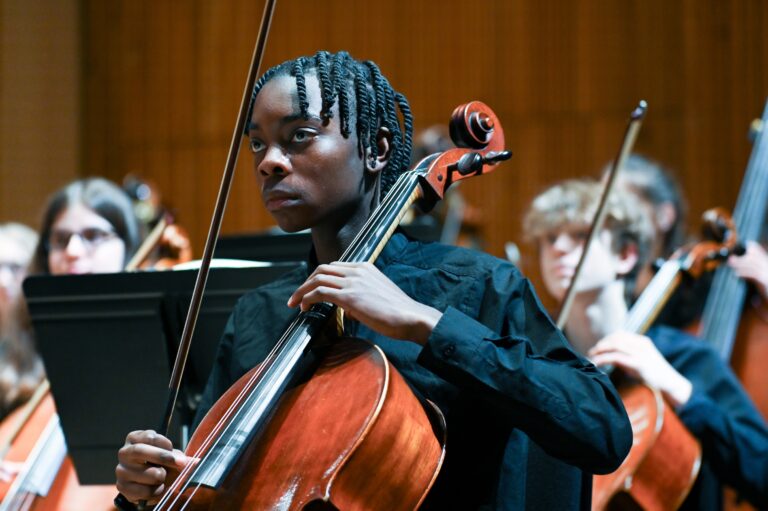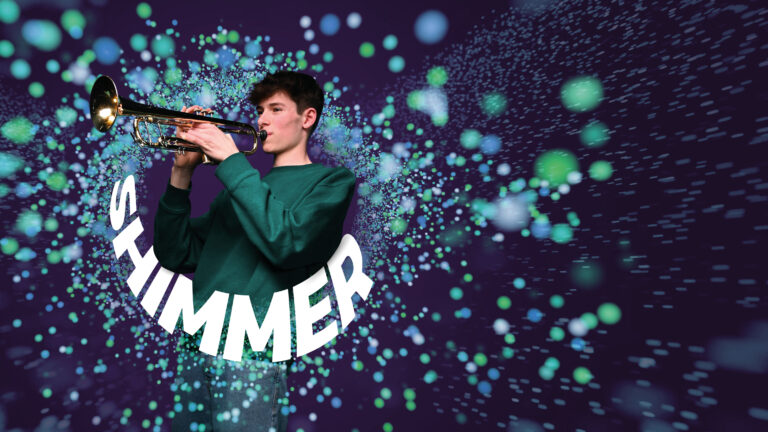Performances
Come and see a new generation get behind the greatest orchestral music of all time. When musicians are yet to find their limits, audiences witness unforgettable, unbridled talent.
Romeo and Juliet
April 9, 2026 @ 7:30 pm
Bridgewater Hall
England: North West
┬Ż22
/ Free for teens

April 9, 2026 @ 7:30 pm
Bridgewater Hall
England: North West
┬Ż22
/ Free for teens

April 11, 2026 @ 7:30 pm
Royal Festival Hall
England: London & South East
┬Ż24
/ Free for teens
Past performances

January 6, 2026 @ 7:30 pm
Nottingham Royal Concert Hall
England: Midlands
┬Ż12.50-┬Ż32.50
/ Free for teens

January 4, 2026 @ 7:00 pm
Barbican Hall
England: London & South East
┬Ż22
/ Free for teens

August 10, 2025 @ 11:00 am
Royal Albert Hall
England: London & South East
┬Ż10-┬Ż28

August 9, 2025 @ 7:00 pm
Royal Albert Hall
England: London & South East

